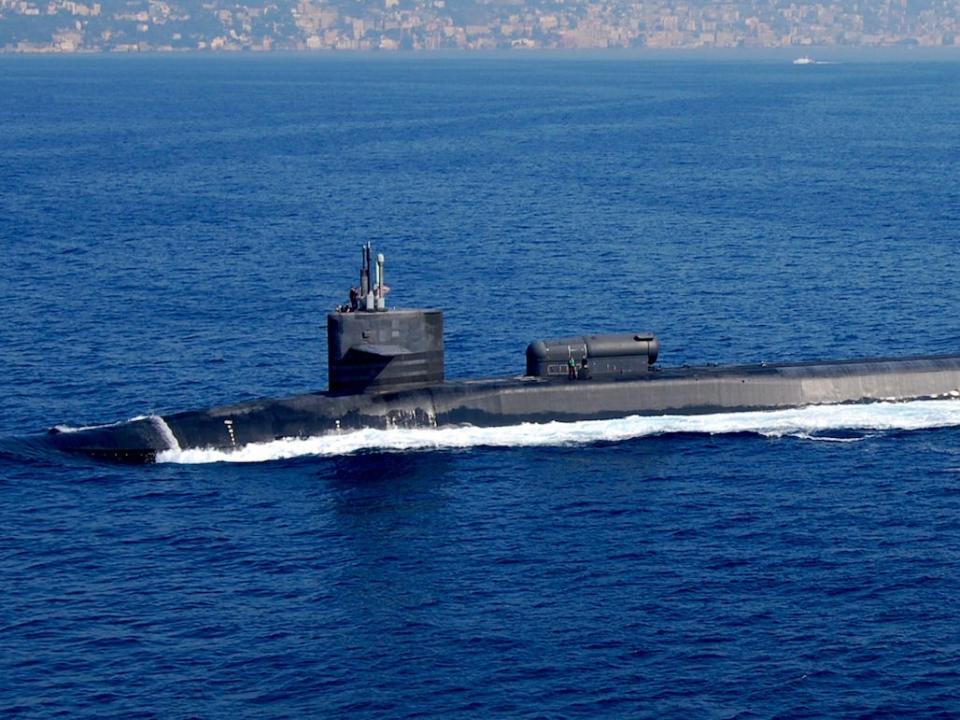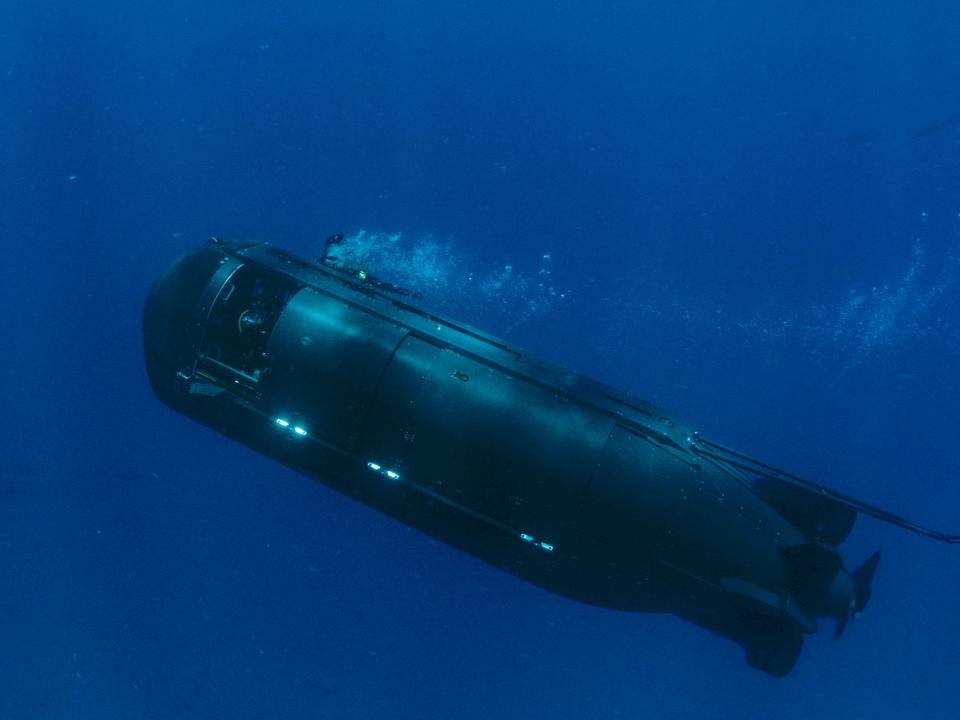US Special Operations Command is working on a new mini-sub to carry SEALs to their targets in style
US Special Operations Command and Lockheed Martin are working on a new combat mini-sub.
The Dry Combat Submersible would shield SEALs from the sea, unlike other delivery vehicles.
The development of the DCS and other underwater vessels reflects SOCOM's focus on future warfare.
Rising tensions with Russia and China and the conflict in Ukraine have the US military focusing on what it would need to fight a major conventional war, but US special-operations forces are also updating the way they do things.
For US Navy SEALs in particular, the need to cover long distances underwater and arrive undetected and ready to fight has led US Special Operations Command to develop new underwater vehicles to get them on target.
In June, SOCOM declared initial operational capability for one of those vessels, the Dry Combat Submersible, a milestone that moves it a step closer to being fully fielded.
'Warm, rested, hydrated and ready'

The battery-powered Dry Combat Submersible is about 40 feet long and weighs a little over 28 tons. It is slightly larger than the SEAL Delivery Vehicles currently in use and won't be able to fit in the dry deck chambers that can be attached to the hull of a Navy submarine. It will instead have to be launched and recovered by a surface vessel.
But perhaps the biggest difference is that the Dry Combat Submersible keeps frogmen dry, unlike the SEALs' other submersibles, which are open to the sea.
The DCS model designed for SOCOM by Lockheed Martin and its partners can carry 10 personnel — two crew and eight passengers — and has a maximum operating depth of nearly 200 feet as well as a range of nearly 140 miles when sailing at 5 knots, according to naval analyst H I Sutton.
"The Dry Combat Submersible has the potential to transform undersea warfare for special operators," said Gregg Bauer, a vice president at Lockheed Martin, which received the contract to develop DCS in 2016.

"DCS provides safe, clandestine delivery for occupants over long distances in a completely dry environment and features a lock-in and lock-out chamber," Bauer said in a press release. "Occupants arrive at the mission warm, rested, hydrated and ready, making this vessel a key advantage in mission success."
The lock-in/lock-out chamber allows operators to enter and exit while the submersible is submerged, Lockheed says, though the maximum depth for its use is just under 100 feet, according to Sutton.
While SOCOM's declaration moves the DCS closer to full fielding, the Pentagon's chief weapons tester said its report for fiscal year 2022, published in January, that SOCOM had "delayed the at-sea portion of operational test" until this fiscal year due to Covid-19, weather conditions, and "materiel issues" on the first DCS.
The report said the testing office would share its assessment of DCS operational testing after the current fiscal year, which ends in September.
Undersea armada

US special-operations leaders have big ambitions for the Dry Combat Submersible and their other mini-subs. At a conference last year, the program manager for special-operations undersea systems at SOCOM said the DCS "is like an electric truck" and would need to be capable of different roles and missions.
The US Navy and Naval Special Warfare Command have also been designing the Mark 11 Shallow Water Combat Submersible, which will replace the venerable Mark 8 SEAL Delivery Vehicle that has been in use since the 1980s.
The Mark 11 is meant to carry small teams of Navy SEALs into an enemy harbors and shores without detection. It is 23 feet long and can hold six frogmen — two pilots and four combat divers — and is expected to reach full operational capability in 2027.
The Mark 11 has a greater operational range, advanced sensors, a better navigation system, as well as a modular command-and-control structure that will allow the Navy to easily incorporate new technology. New tech and engineering will also allow the Mark 11 to operate at depths of about 165 feet. Its crew and passengers will also have to wear dry suits and oxygen tanks.

The British military is already seeking Mark 11s to replace the SDVs used by the Special Boat Service, the British counterpart to the SEALs. The US State Department approved the sale of three Mark 11s to the UK in September 2018.
The Mark 8 could deploy from a dry deck chamber on a submarine or be launched from a surface ship or an aircraft. Naval Special Warfare Command likely wanted to retain this capability with the Mark 11 in order to use it effectively across the vast expanse of the Indo-Pacific region.
The new submersibles are being developed with the idea of a complex fight across the vast distances of the Indo-Pacific in mind, and as a part of that, a goal for both is better communications capability and power usage, another Navy official said at the conference last year.
The Navy wants SEALs and other personnel in the Dry Combat Submersible and in the Mark 11 to be able to talk to each other, to other US Navy vessels, and to other friendly forces while also being able to go farther and operate longer.
Stavros Atlamazoglou is a defense journalist specializing in special operations, a Hellenic Army veteran (national service with the 575th Marine Battalion and Army HQ), and a Johns Hopkins University graduate. He is working toward a master's degree in strategy and cybersecurity at Johns Hopkins' School of Advanced International Studies.
Read the original article on Business Insider
